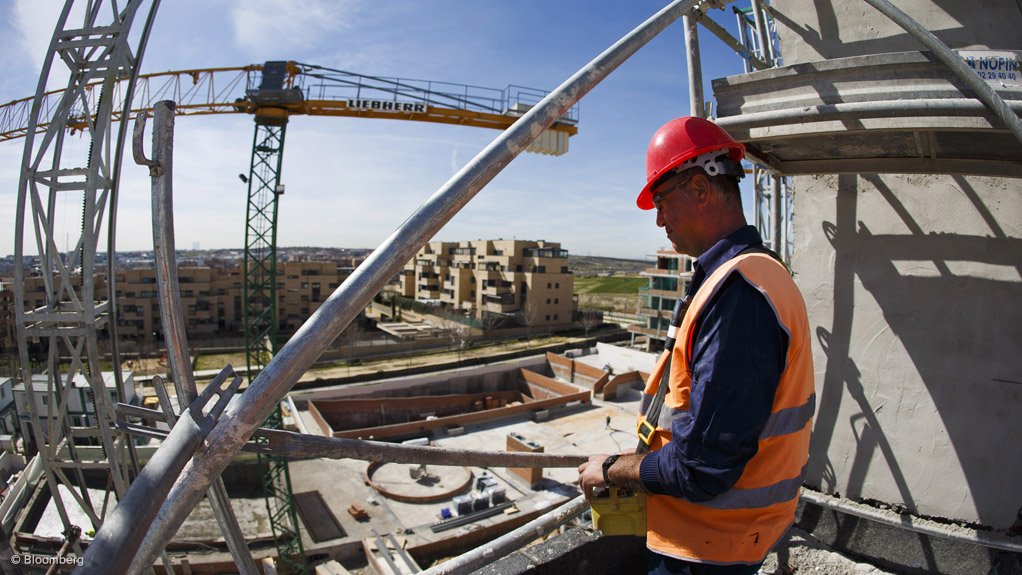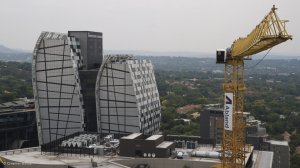The construction industry in South Africa – which is tied directly to the state of cement and concrete – is stuttering, but there is scope to improve, says chemicals solutions provider Chryso Southern Africa CEO Norman Seymore.
It has been widely reported that the construction industry has not been doing well for several years, he tells Engineering News.
Seymore explains that the reliance of cement and concrete on a thriving construction industry, which, in turn, is reliant on infrastructure projects means the condition and progress of the construction industry is directly proportional to the number of such projects that are implemented.
He is concerned over a lack of major infrastructure projects in South Africa recently, with the last two notable constructions being State-owned power utility Eskom’s Medupi and Kusile power stations, both of which have been completed from a construction point of view.
“This leaves only road infrastructure projects constituting major infrastructure projects in the country. This abatement negatively impacts on the construction industry, thereby affecting cement and concrete.”
Further, Seymore points to government’s National Development Plan – implemented on February 19, 2013, which aims to eliminate poverty and reduce inequality by 2030 – as being behind schedule according to contained forecasts.
To mitigate this situation and facilitate growth, Chryso has been expanding its territories by developing into sub-Saharan Africa.
However, Seymore says there is scope for South Africa’s construction industry to improve, as there is a need for infrastructure development.
While there are no major infrastructure projects on the cards, he concedes that there are “pockets of good performance”. These infrastructure projects are very ‘localised’, however; for example, in Sandton, where passers-by might be under the impression that there is a construction boom, this is not the case – rather, there is isolated growth in the area.
The same applies to Umhlanga, in KwaZulu-Natal, where several high-rise residential buildings are currently under construction. The province’s apparently good levels of activity are also supplemented by a number of road infrastructure projects under way.
He cites that good market conditions in the Western Cape are facilitating projects. However, this is mostly through private investment, on which the construction industry is overreliant, Seymore says.
He indicates that it is not only South Africa’s construction industry that is suffering, as the entire African market has been depressed by commodities and exports faltering, and revenues shrinking, in the global economy.
He cites Angola as an example, which has been heavily affected by the drop in oil prices, but reassures that there is reason to be positive, with development work becoming available as the commodity markets recover.
Seymore posits that the refugee crisis, which is still prevalent in Europe, has unintended consequences as far-reaching as the construction industry, owing to international aid money, which historically had funded many projects in Africa, now being diverted to this issue.
He is hopeful that the cycle will change this year. The construction industry in South Africa is very advanced in terms of construction methods, materials and practices, and Chryso is on hand to support the industry and ensure that it remains competitive, he adds.
“We, as a South African industry, need to support one another to keep the expertise in South Africa and remain exceptionally competitive, and keep working on big projects,” he concludes.
Edited by: Zandile Mavuso
Creamer Media Senior Deputy Editor: Features
EMAIL THIS ARTICLE SAVE THIS ARTICLE
ARTICLE ENQUIRY
To subscribe email subscriptions@creamermedia.co.za or click here
To advertise email advertising@creamermedia.co.za or click here















